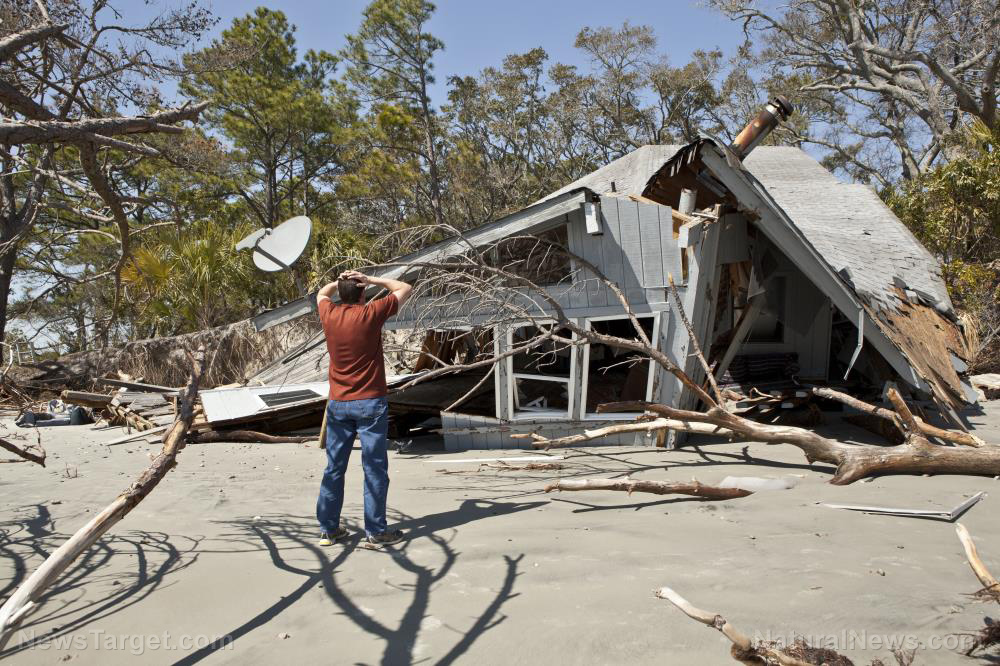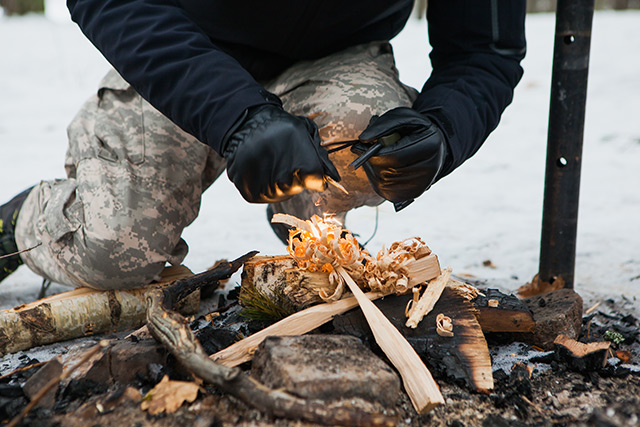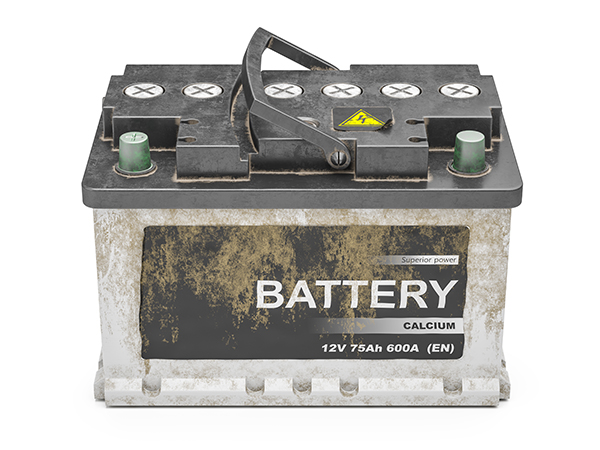The Deadly Force Continuum: How much force do you need to protect your family when SHTF?
07/08/2020 / By Zoey Sky

As a prepper, you spend time learning how to protect yourself and your family when SHTF. But when that moment comes, how do you decide if you should try to escape to safety or confront your attacker?
If you’re at a loss, think about creating a Deadly Force Ladder to help you decide how to react when faced with danger. (h/t to TheOrganicPrepper.com)
The Deadly Force Continuum
Unless you’re facing someone with intentions to hurt you, it can be difficult to predict how you will react in a dangerous situation. Will you freeze in fear? Can you keep your cool and attempt to talk them out of what they want to do?
The U.S. military and law enforcement agencies throughout the country follow a standard that “[guides] their use of force in any given situation.”
These policies have many names, all of which seem interchangeable:
- Deadly Force Continuum
- Deadly Force Ladder
- Escalation of Force
- Use of Force Continuum
- Use of Force Ladder
The National Institute of Justice (NIJ) refers to these guidelines as “The Use-Of-Force Continuum,” but even if they are referred to by different names, they all provide guidelines to help you determine how much force can and should be used against a person.
Note that before you come up with similar guidelines for yourself and your family, you must first read up on the laws in your state and country, particularly those that are about the use of weapons and deadly force.
The concept of the Deadly Force Continuum and how to apply it to yourself when faced with danger will help you avoid unnecessary violence and injuries. (Related: When faced with a conflict, here are the first things you should do.)
The personal Deadly Force Continuum
When SHTF, troublemakers won’t care about breaking the law. But while the world is still relatively orderly, you will need to devise a personal Deadly Force Continuum so you can quickly decide on the most effective way of dealing with someone who trespasses on your property with the intent to cause harm.
Level 1: Once an intruder is noticed, make your presence known
In level 1, you may notice an intruder in your property who may threaten your loved ones. You can either try to escape without being noticed or make your presence known to intimidate your attacker.
Simply announcing your presence to a thief should be enough to make them run away and prevent the need for an altercation.
Avoiding a confrontation doesn’t mean you are being a coward. After all, the best way to avoid a fight is not to participate in one at at all. Unless you are forced to reach for your weapon, always remain calm and attempt to reason with your attacker.
If you wake up in the middle of the night to someone attempting to break into your home, let them know you’ve seen them. Turn on a porch light or announce that you are armed to discourage them from doing any more damage.
Level 2: Communication and giving the first warning
If the trespasser or burglar ignores your warnings, proceed to level 2.
Call out to the trespasser and tell them to “go away.”
Level 3: Stand down or give a second warning
If the trespasser leaves willingly after the first warning, stand down. But if they ignore you, give them a second, and final, warning.
Your second warning doesn’t even have to be a verbal one. If you have firearms for self-defense, rack a shotgun or semi-automatic weapon. The sight or sound of a loaded firearm may be more convincing than a verbal warning.
You can also try to scare the intruder away by sounding an air horn or a car horn or just make a lot of noise to frighten them. If they’re a burglar, they will run away from noise or anything that will bring attention to them.
Level 4: Call for help, dial 911 or yell
As you reach level 3, get your phone ready so you can quickly dial 911. This ensures that you don’t have to wait too long if the trespasser suddenly becomes violent.
You can also call for help, highlighting the importance of teaching older family members about your personal Deadly Force Continuum. They should react fast enough to arm themselves in case you are caught by surprise and you are left defenseless.
Level 5: Defensive measures
For level 5, you don’t necessarily have to confront your attacker even if you make your presence known. During this stage, you can try to hide or lock yourself in a panic room until help arrives.
If you are attacked, you must defend yourself in level 5, but not with deadly force. Engage in a fistfight, or use items around your house to defend yourself.
Ideally, you should have hand to hand combat training. It might give you the edge you need to incapacitate your attacker.
Level 6: Deadly force
When using deadly force, remember that your goal isn’t to end someone’s life. Rather, your goal is to protect yourself and your loved ones. This doesn’t mean you shouldn’t draw your weapon if you are attacked. If a trespasser decides to fight back, use your weapon and defend yourself.
Use the Deadly Force Continuum to figure out what you should do next when forced to confront an attacker. Keep in mind that these are only guidelines and when SHTF, you may need to skip several levels as the situation demands.
Remain calm and use your wits and weapons to defend yourself from anyone who attempts to hurt you or your loved ones.
Sources include:
Tagged Under: attack, conflict, deadly force continuum, emergency, firearms, force continuum, how-to, off grid, panic, personal defense, preparedness, prepping, self-defense, survival, survival skills, Survival Tips, threat
Get independent news alerts on natural cures, food lab tests, cannabis medicine, science, robotics, drones, privacy and more from NewsTarget.com
Get independent news alerts on natural cures, food lab tests, cannabis medicine, science, robotics, drones, privacy and more from NewsTarget.com
RECENT NEWS & ARTICLES
COPYRIGHT © 2017 · SURVIVAL NEWS




















